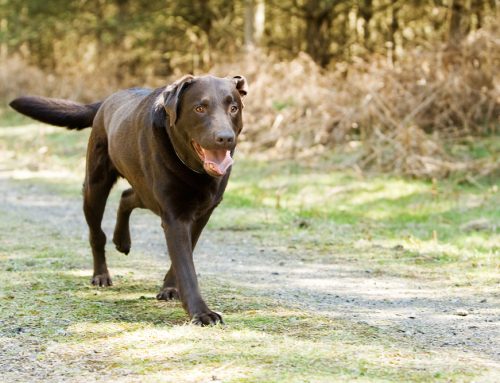Missing teeth are common in smooshed faced dog, especially in smaller patients. It is important to obtain dental teeth X-rays in areas where teeth are missing to rule out unerupted teeth associated with Dentigerous cysts.
Dentigerous cysts are fluid filled lesions associated with unerupted teeth. The most commonly affected teeth in the dog are the mandibular first premolars. In one recent study, dentigerous cysts were found to be the most common of all odontogenic cysts in dogs, with brachycephalic breeds statistically overrepresented.
X-rays are usually diagnostic for dentigerous cysts, showing an unerupted tooth within a radiolucent defect, surrounded by thin, well defined radiopaque margin.
Complete surgical excision is the treatment of choice & usually curative. Incomplete removal of the cyst, including the epithelial lining may result in recurrence, continued bony destruction, & also leaves open the possibility of eventual malignant transformation.
Early detection & treatment of dentigerous cysts is crucial to minimize damage of the bone, associated teeth & adjacent vital structures. When identified & treated early, these patients have an excellent prognosis. Larger cysts can cause severe damage to the surrounding bone & compromise adjacent teeth. Treatment of the larger cysts can by complicated, with multiple treatment options available.
Suggested reading
Niemiec BA. Pathology in the pediatric patient. In: Small animal dental, oral, and maxillofacial disease, a color handbook. London: Manson Publishing; 2010; 89-126.
D’Astous J. An overview of dentigerous cysts in dogs and cats. Can Vet J 2011; 52: 905-907
Chamberlain TP, Verstraete FJM. Clinical behavior and management of odontogenic cysts. In: Verstraete FJM, Lommer MJ eds. Oral and maxillofacial surgery in dogs and cats. New York; Elsevier Pub, 2012; 481-486.







Leave A Comment